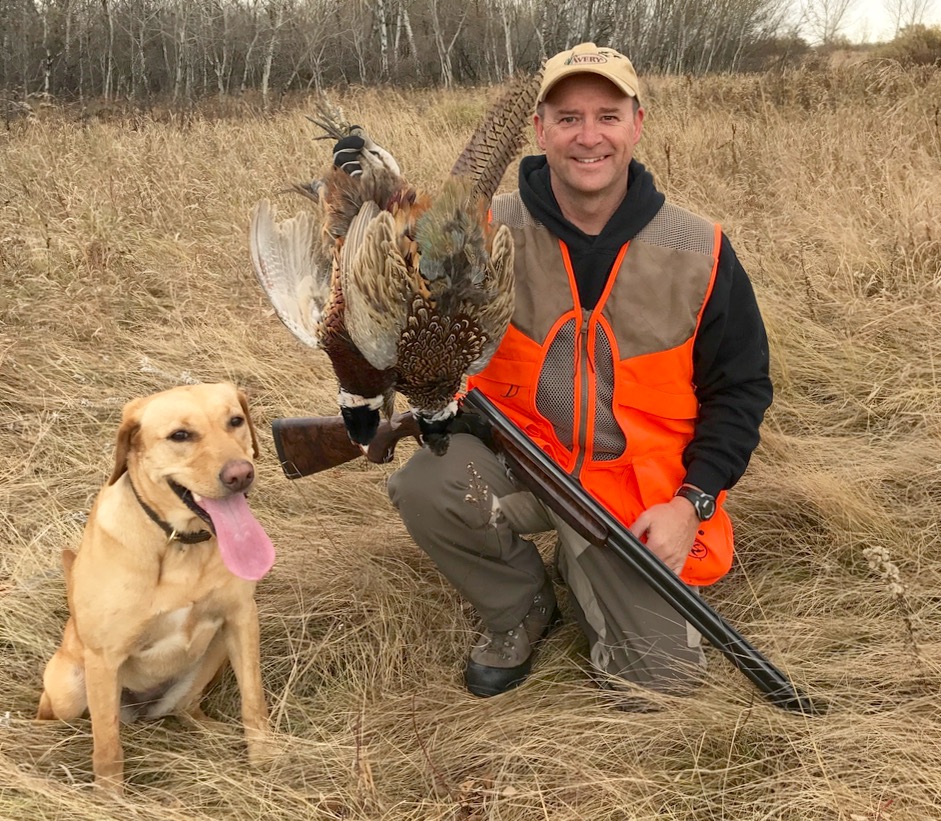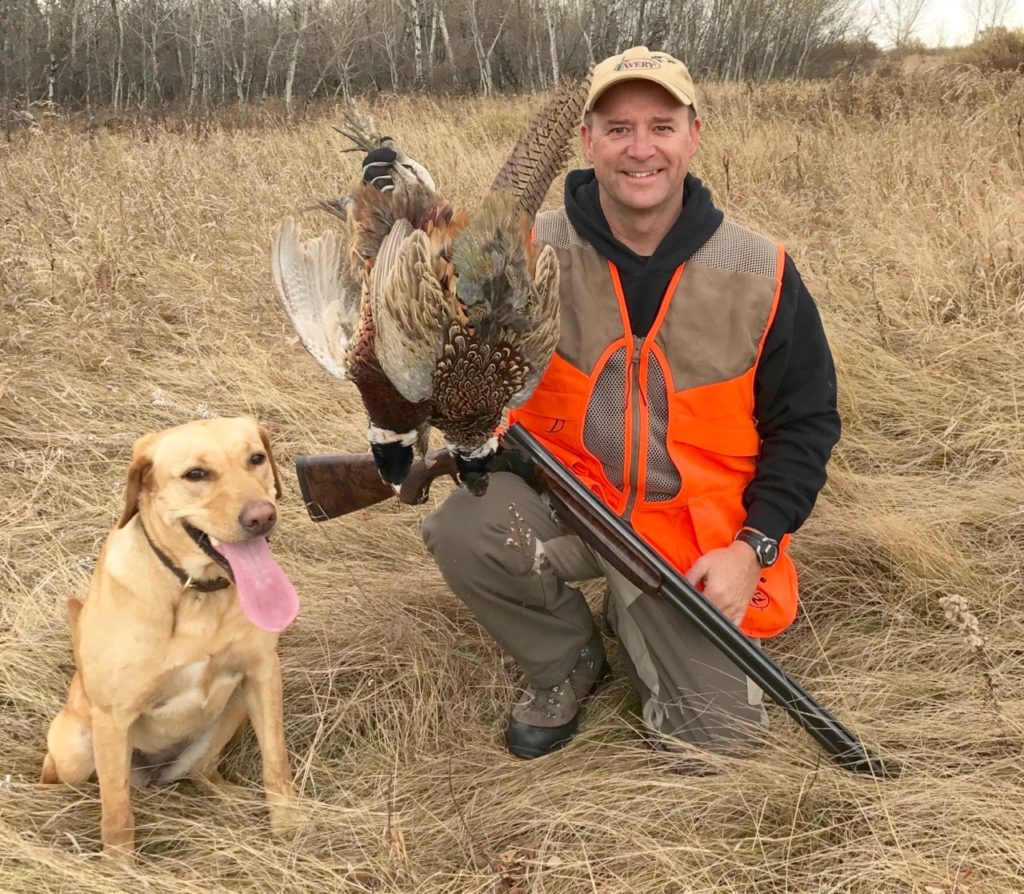For the flush
Whether it’s grouse, pheasant or partridge, upland game birds bursting from cover make for one exciting hunt
Advertisement
Early one mid-October morning, I was wading through knee-deep fescue with my hunting partner Don and his one-year-old fox-red Labrador retriever, Ruby. The cool, crisp air made hiking at a brisk pace enjoyable, and Ruby, eager and focused, immediately got to work. Nose down, she diligently scoured every inch of ground, never straying out of shooting range.
Advertisement
Then, several hundred yards to the south, we heard the unmistakable raspy chatter of a ring-necked pheasant. Cresting a rise, we spaced ourselves out and sent Ruby ahead. After spotting a rooster in the tall grass 30 yards away, we saw Ruby scent the bird and close the gap. With explosive wingbeats, our first flushed bird of the day burst into the air. We both shouldered our guns, and Don folded the finely coloured bird with a well-placed shot.
One of the pleasures of upland bird hunting is watching well-trained pointers and flushers work the ground and retrieve downed birds. In her glory, Ruby raced into action, clutched the rooster in her mouth and eagerly retrieved it. By mid-morning, we had flushed five roosters and taken our limit of two apiece—all with Ruby’s help.
If you’re new to hunting for upland game birds, it’s this type of exciting interaction that makes the pursuit so rewarding. And with opportunities across much of Canada, it’s also an accessible and typically affordable hunt, too. Here’s what I’ve learned about hunting for some of our country’s most widely available upland game birds: ring-necked pheasants, Hungarian partridge, sharp-tailed grouse and ruffed grouse.
Advertisement


